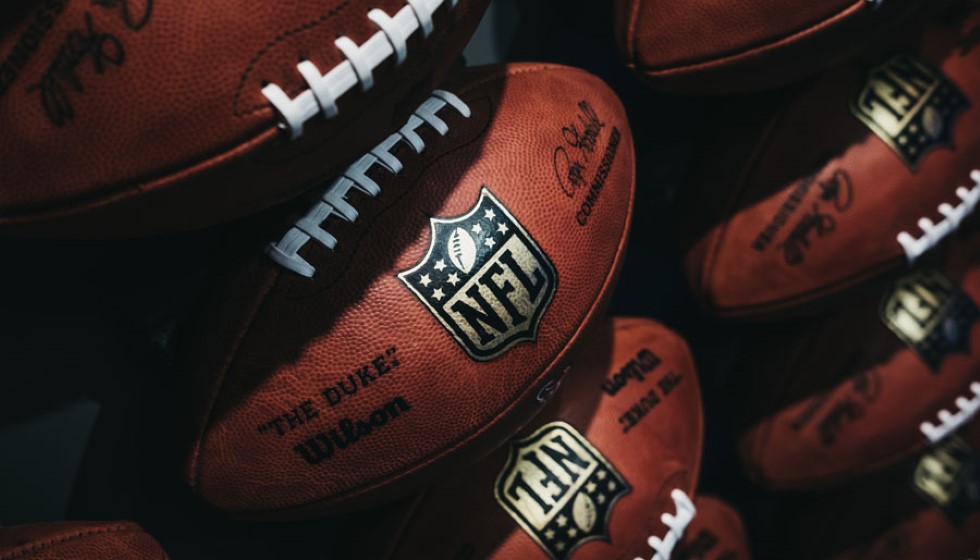
With the much-anticipated return of the NFL marked by Thursday's Pro Football Hall of Fame Game, fans were treated to their first taste of competitive football since the offseason. This opening act of the 2024 preseason saw the Chicago Bears clash with the Houston Texans, a matchup that not only reignited the fervor for America's beloved sport but also showcased the NFL’s revamped kickoff rules, which have been keenly observed by analysts and enthusiasts alike.
Revamped Kickoff Rules on Trial
The new kickoff regulations, implemented on a trial basis for the 2024 season, represent a significant shift in how the early phases of possession unfold on the gridiron. Under these new rules, all players on the kicking team, excluding the kicker, are mandated to line up on the receiving team’s 40-yard line. This alteration aims to minimize high-speed collisions by reducing the distance both teams can cover before the first impact.
Another intriguing aspect of the new rules is the introduction of a Setup Zone for the receiving team. At least nine players are required to position themselves between their 30- and 35-yard lines, an area designed to control the initial phase of the return. Additionally, the number of receiving players allowed to stand within the Landing Zone—spanning from the goal line to the 20-yard line—is capped at two, limiting the potential for high-energy collisions near the end zone.
Intricate Dynamics of the New Rules
The dynamics of these changes extend beyond mere positioning. Neither Setup Zone players nor kicking-team players can initiate movement until the ball is either fielded in the Landing Zone, end zone, or touches the ground. Should the ball land before the Landing Zone, the play is declared dead, and possession is awarded to the receiving team at their own 40-yard line, effectively eliminating short kicks as a tactical advantage.
If the ball lands within the Landing Zone, it must be returned unless it reaches the end zone and is downed for a touchback. For kicks landing and subsequently downed in the end zone, the receiving team will start from their 20-yard line. However, a kick exiting through the back of the end zone provides the receiving team better field position, starting at the 30-yard line. These nuanced changes are designed to maintain the excitement of kickoffs while promoting player safety.
Interestingly, the rules for onside kicks have remained largely intact with one notable exception: they can now only be attempted in the fourth quarter and solely by teams that are trailing, restricting the time frame within which a team can attempt a high-risk, high-reward play.
Weighing Entertainment Against Safety
The NFL’s decision to temporarily adopt these alterations underscores the league’s ongoing commitment to finding the right balance between delivering thrilling entertainment and ensuring the health and safety of its players. This season will serve as a crucial testbed, with league officials closely monitoring the outcomes to determine the potential permanence of these changes.
As the preseason unfolds, players, coaches, and fans alike will be closely observing how these new kickoff dynamics influence game strategy, field positioning, and overall player performance. The anticipation and scrutiny surrounding these rules will undoubtedly add an interesting layer to the early games of the season.
Despite the traditional fervor surrounding the Hall of Fame Game, this year's iteration bore extra significance. The spectacle not only marked the return of NFL action but also a pivotal experiment that could shape the future of how one of the game’s most exciting phases is played.
While it's still early days, the initial reception from those within the sport seems cautiously optimistic. The hope is that these changes will reduce the number of injuries on kickoffs, a play historically fraught with peril due to the high velocity and full-speed collisions that often occur. By curtailing the distances before impact, the NFL aspires to maintain the thrill and unpredictability that kickoff returns provide while prioritizing the safety of its players.
The 2024 season promises not only the return of football but also a glimpse into the potential future of the sport. It remains to be seen if these provisional rules will stand the test of time and scrutiny but for now, they introduce an element of strategic complexity that could make every kickoff a subject of intense analysis and discussion.
As the NFL navigates this trial phase, the sports community will be keenly watching, ready to dissect every kickoff and its aftermath throughout the season. The future of football, as it often does, rests on the results these new rules will yield in the months to come.